
When we last left the Senate races on Friday, the state of the polling was consistent with the theory that undecided voters would break for the GOP due to President Obama’s low approval ratings and the consequent surge for the GOP in the generic ballot, but we had not yet seen enough movement to conclude that this was actually going to happen. We have new polling since then in eight of the 20 “battleground” Senate races, and the story remains similar, but slightly more optimistic for Republicans in a few of the key races, notably Iowa. But we still lack good polling in Kansas, and the New Hampshire Senate race continues to look like the toughest nut to crack. I’ll also discuss the governors races below.
The Senate

This is a slightly different format for the chart, which once again is drawn from the RealClearPolitics polling averages. As before, the R2% column shows the Republican’s current percentage of the two-party vote (the only metric that matters); U% is the percentage of the polled electorate that is either undecided or currently backing a minor third party candidate, but in one race, South Dakota, former Republican Senator Larry Pressler gets enough support to be included in the RCP average, so I list his support separately. “R to 50″ shows what percent of the undecided/independent vote the Republican needs to get to 50.01% of the vote and win; in South Dakota, I used 50.01% of the non-Pressler vote. The races shown in bold have new polling since September 26; in this and the governors’ races chart, I put an asterisk next to races where there’s not enough polling for RCP to compute an average. I also added an extra row at the bottom that shows that the two GOP contenders in Louisiana, Bill Cassidy and Rob Maness, need between them to capture less than a quarter of the remaining undecideds to force Mary Landrieu into a December runoff (which if the polls hold up would be against Cassidy). As you can see, if we take the polls at face value, Iowa has now slid into the column of races in which the GOP candidate, Joni Ernst, no longer needs to win even 40% of the remaining undecided voters, while Scott Brown in New Hampshire has to either shake loose some of Jeanne Shaheen’s support or win just about every undecided voter left. And of the true battleground races, outside of Kansas, only Shaheen and Al Franken in Minnesota are polling above 44.2% – figures consistent with Sean Trende’s thesis that the Democrats will end up struggling to run much ahead of Obama’s approval rating (even in the races they’re winning – Rasmussen’s latest Illinois poll had Dick Durbin at 51%, Obama’s approval rating in Illinois at 53%). As before, I caution that polling is an inexact science; these are not in any sense precise projections of these races, so much as a quick snapshot of how to read the polling data we have at present.
That’s the state of the race – now for the trends. Here’s how the races have moved since I did my initial Senate poll roundup on June 26:

I left Kansas off this and the next chart, since the 17-point swing from Chad Taylor’s poll position in June to Greg Orman’s apparent poll position today would swamp the entire rest of the national trend. As you can see, measured by the change in the leader’s margin in the race, the Republican position improved by at least 1 point in 14 out of 20 races, by at least 2 in 12 out of 20, and by at least 4 in 6 out of 20; the GOP’s position has deteriorated by at least a point in just 3 out of 20 races (including Kansas), and in the one really competitive race that has seen a slight falloff (North Carolina), the Democrat’s position in the polls has gone down, just a little less than the Republican’s (a sign of what a fundamentally weak candidate Thom Tillis is, due mainly to the unpopularity of the GOP state legislature). The overall trendline over these 19 races (an unweighted average) shows a 1-point drop in the Democrats’ polls and a 1.5 point improvement in the Republicans’ since late June.
Now let’s look at the trend just since September 15:

A positive movement of at least 1 point in the net position of the GOP in 8 out of 19 races, and a falloff in just 2, is a pretty good showing for a two-week period, and some of the biggest moves have come in the tightest races – Colorado, Iowa, Alaska, Louisiana – although we’ve also seen an unsurprising tightening in the Virginia Senate race, which remains only nominally competitive but which was always likely to be closer than the early polls indicated.
[NOTE: Just after I hit “post,” Rasmussen dropped a Colorado poll showing Gardner up 48-47 over Udall, which is consistent with the trend in that race]
Kansas and North Carolina are still looking stubbornly disappointing for the GOP, in good part due to hostile state political environments counterbalancing a positive national environment, and races like New Hampshire and Michigan remain uphill battles. But the polls, the trends and the national fundamentals still favor a significant gain of seats for Republicans in the Senate. What the Democrats are countering with is the advantage of incumbency: a big edge in fundraising and a massive operational push to get out the vote, especially early. That push should be viewed with some skepticism: Republicans in 2006 made all the same noises about Karl Rove (then still viewed with a sort of superstitious awe by a lot of people on both sides) bringing in the GOP’s vaunted ground game. That said, after 2012, many of us are loath to entirely dismiss the Democrats’ edge in money and organization. Time will tell.
The Governors
As a bonus, let’s use the same methodology to examine the governors’ races, all 36 of them:

Again, there are two races here, Hawaii and Maine, with significant third-party candidacies (in both cases, probably helpful to the Republicans) and three without enough polls for RCP to conduct an average (we have only one post-primary poll in Rhode Island, for example). Broadly speaking, the governors’ races are a lot less regularly polled by national pollsters, so there could be more late surprises here. But the current polling shows a lot of tight races. And look closer at this chart, which ranks the 15 closest races by the Democrat’s share of the vote:

Notice that – with the exception of Alaska, where the polling on “independent” candidate Bill Walker’s challenge to Sean Parnell is particularly terrible – there are only two Democrats on this list polling at 44% or better, and only one above 45%, Mary Burke in Wisconsin. And Burke is losing – the Wisconsin governor’s race is tied with the New Hampshire Senate race for the fewest undecided voters in the country (unsurprisingly – Scott Walker is running for the same job for the third time in five years, so the voters have fairly fixed opinions of him). Late-deciding voters, representing 12-21% of the electorate in 13 of the 15 races, will be decisive in all of these races. It’s questionable whether the GOP is likely to enjoy the same advantages among late-deciding voters that history suggests it should have in the Senate races, since these races may be more focused on state issues and give Democrats more cover to avoid association with President Obama, but certainly the national environment should be more help than hurt to Republicans in most of these races (that said, there are hot races in places like Illinois, Massachusetts, Hawaii, Rhode Island, Connecticut and Maine where Obama remains reasonably popular).
The last 34 days of this campaign season (less, in states that begin early voting soon or already have) will force those voters to make up their minds, and that will put to the test the theory that they will break for the GOP in line with the national political environment and recent history.

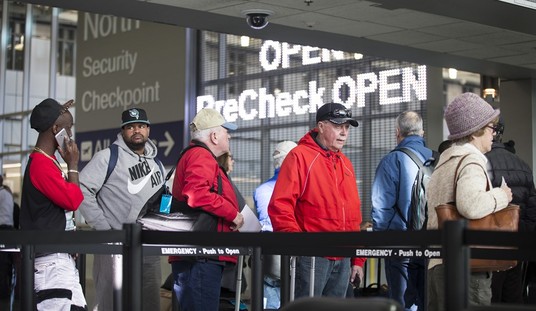




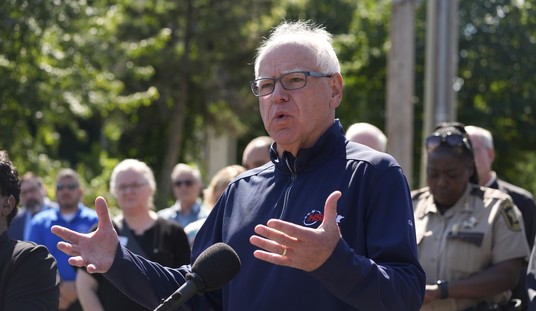
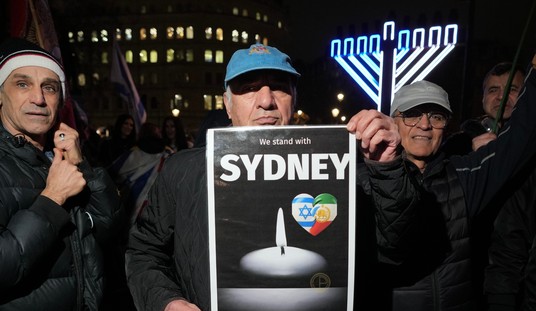
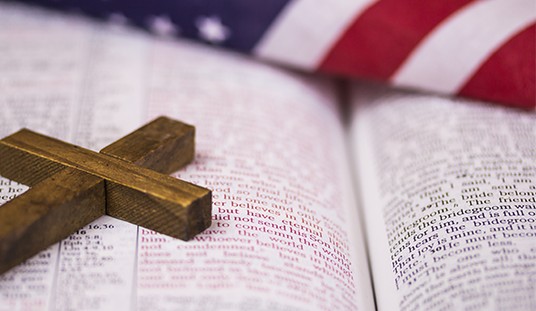


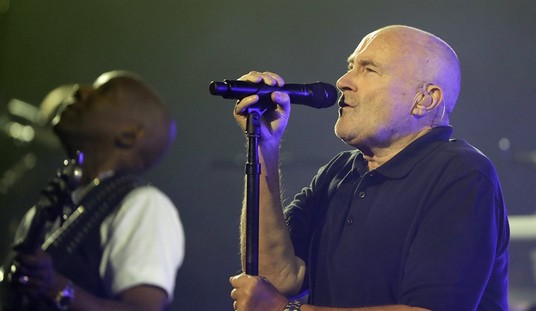

Join the conversation as a VIP Member